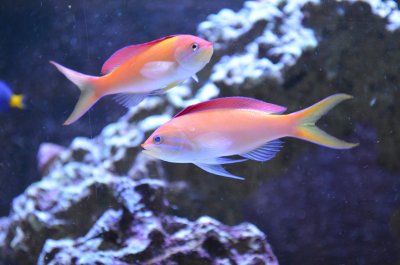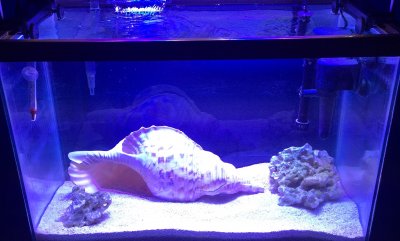- Joined
- Jan 9, 2019
- Messages
- 482
- Reaction score
- 158
I haven’t added fish yet. Just dry rock, live sand, and zyme 9. Maybe due to the tank being previously run years ago with all the same electrical equipment?Where has the ammonia come from? Have you added some fish?






















